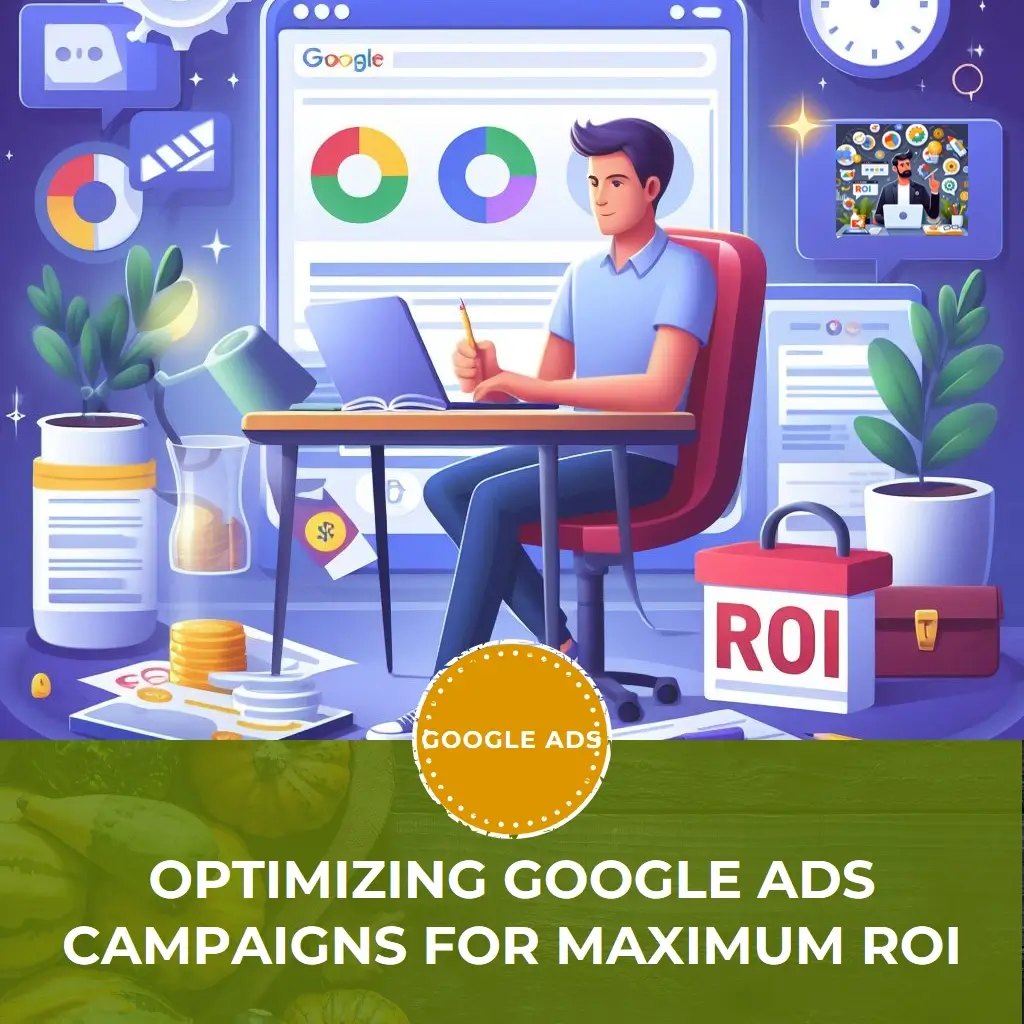Optimizing your Google Ads campaigns for maximum return on investment (ROI) is an ongoing process that requires careful attention to detail and a willingness to experiment. By following these best practices, you can ensure that your ad spend is generating the best possible results for your business.
1. Set Clear Goals and Track Your Progress
Before you start optimizing your campaigns, it’s important to define your goals. What do you want to achieve with your Google Ads? Do you want to increase website traffic, generate leads, or boost sales? Once you know your goals, you can start tracking your progress using Google Analytics and other conversion tracking tools.
2. Choose the Right Keywords
Keywords are the foundation of any successful Google Ads campaign. They are the terms that people will use to search for your products or services. You need to choose keywords that are relevant to your target audience and have a high search volume. You can use keyword research tools like Google Keyword Planner to find the right keywords for your campaigns.
3. Create Compelling Ad Copy
Your ad copy is your chance to make a good first impression on potential customers. It should be clear, concise, and relevant to the keywords that people are searching for. Make sure to include a strong call to action, such as “Visit our website” or “Learn more.”
4. Use Bid Strategies Effectively
Google Ads offers a variety of bid strategies that you can use to control how much you pay for each click on your ads. Some common bid strategies include cost-per-click (CPC), cost-per-acquisition (CPA), and target return on ad spend (ROAS). Choose the bid strategy that is best aligned with your goals.
5. Monitor Your Campaigns Closely
Once your campaigns are up and running, it’s important to monitor them closely and make adjustments as needed. Pay attention to your key metrics, such as click-through rate (CTR), conversion rate, and cost per acquisition (CPA). If you see that your campaigns are not performing well, you can try different keywords, ad copy, or bid strategies.
6. A/B Test Your Ads
A/B testing is a great way to experiment with different versions of your ads and see which ones perform the best. You can test different headlines, calls to action, and landing pages to see what resonates with your target audience.
7. Use Retargeting
Retargeting is a powerful way to reach people who have already shown interest in your products or services. With retargeting, you can show them ads on other websites or apps that they visit.
8. Stay Up-to-Date on the Latest Google Ads Trends
Google Ads is constantly evolving, so it’s important to stay up-to-date on the latest trends. Read Google’s blog, attend webinars, and network with other marketers to learn about the latest features and best practices.
By following these tips, you can optimize your Google Ads campaigns for maximum ROI and achieve your business goals.
Additional Tips:
- Use ad extensions to add more information to your ads, such as your phone number, address, or store hours.
- Use negative keywords to prevent your ads from showing on irrelevant searches.
- Make sure your website is mobile-friendly, as more and more people are searching for products and services on their mobile devices.
- Get help from a Google Ads expert if you need it. There are many qualified Google Ads consultants who can help you optimize your campaigns and achieve your goals.
Optimizing your Google Ads campaigns is an ongoing process. Don’t be afraid to experiment and make changes to your campaigns as needed. By following these tips and staying up-to-date on the latest trends, you can ensure that your Google Ads are working hard for you.



